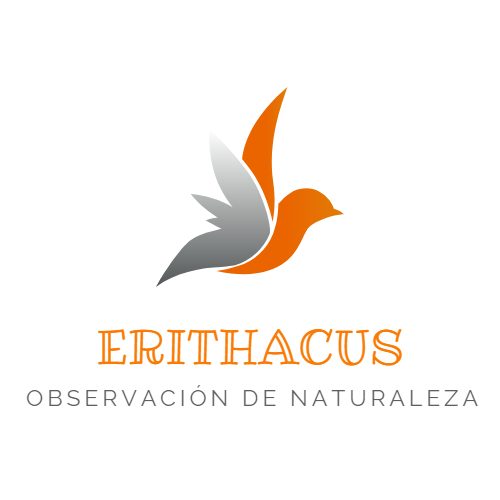Without any doubt it is the most representative biotope of the province of Salamanca. Mostly oak forests, although we also find cork oak groves and oak groves similarly modified by the hand of man. These lands are notably influenced by cold winters and very droughts and prolonged summer droughts. Among the impressive dehesas we find numerous banks, some of them mighty flowing that end up dying in the basin of the Duero River.
The dehesas are the perfect place to observe an enormous number of species of birds, reptiles and amphibians and also with luck several species of mammals. Black and white kites, short-toed and short-toed eagles and the blue elanio are some of the raptors that inhabit these ecosystems. Often these meadows show slight rocky crests that harbor some other species of more rupicolous character.
If we had to choose a date to walk through the meadow of Salamanca, that would be the spring. The fields already flowered and full of humidity shelter an explosion of life at that time. It is easy to see many amphibians and reptiles in their swollen ponds and listen to a beautiful concert of songs of dozens of birds that rush to build their nests and get their chicks forward. Orioles, cuckoos, hoopoes, common shrikes, Sardinian warblers, Aleppo warblers and even the beautiful mirlona warbler, gray and blonde wheatears, some of the few European turtle doves and bee-eaters are only a part of the species of birds that we can observe at this time. Taking advantage of the rich and numerous food that make up the amphibian sunsets in the ponds. We will be able to discover the mountain Black Stork, which has just arrived from more southern latitudes to nest in some globular glass of an oak.
[ngg src=”galleries” ids=”21″ display=”basic_thumbnail”]During autumn and winter the landscape of the pasture changes. It becomes more subdued due to the drought of summer. It is at this time when we can find numerous concentrations of black kites feeding on the huge groups of grasshoppers and locusts. The violet flowers of the quitameriendas appear and then the winter landscapes take place, in which the chilled ice-creams star in really beautiful scenes. In search of the nutritious food that make up the acorns we find the cranes in the company of Iberian pigs and wild cattle that make up the many fighting livestock in the province.
[ngg src=”galleries” ids=”22″ display=”basic_thumbnail”]
Duration of the activity: 8 hours
Persons: Minimum 2. The available places will be completed with other reservations. Total seats available: 6
Price: € 40 / person.
Partner Conservationist Entity: 5% discount. (Must be accredited by submitting the membership number)
Young (10-18 years): 30% discount. (You must be accompanied by your legal guardian during the activity)
Group (3 people): 5% discount. Exclusive guide service: € 120, without car sharing with other reservations
Available season: All year round (recommended in spring)
Includes: Transportation in vehicle with capacity for 6 clients, use of nature guides, information dossier of the activity, guide service, insurance and taxes, use of optical equipment (binoculars for each person) and telescope.
